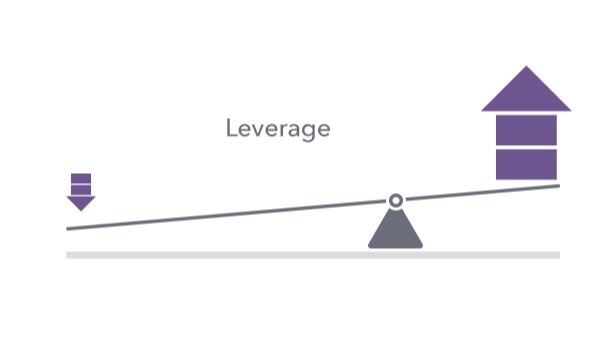
By Simon Pannett*
Investors have their noses to the wind for the source of the next crisis. The terrifyingly titled pile of debt, known as “leveraged loans”, could be starting to pong. At Harbour we remain vigilant, monitoring the US market, but taking comfort in the structure of markets down under.
Leveraged loans are simply private market borrowing by sub-investment grade companies.1 The US leveraged loan marketplace provides well over $US1 trillion in funding for companies involved in private equity buy-outs, gearing their balance sheets or funding expansion. Banks provide around half of this funding with the remaining share going to institutional investors, hedge funds, insurance companies and non-bank finance companies2. Banks underpin support for a sizeable European market also; the New Zealand market is tiny in comparison. But we do have leveraged loans. For example, the debt funding used by a private equity firm to buy TradeMe is considered a leveraged loan.
Potential warning signs
- Rapid growth: The US leveraged loan market has more than doubled in size since 2010, leading to greater corporate vulnerability via higher indebtedness.
- Lax underwriting standards: In addition to accepting higher gearing levels from borrowers, lenders have increasingly permitted more aggressive accounting to weaken their covenants. For example, intangibles now make up a far greater percentage of assets in debt/asset ratios and management earnings adjustments, baking in yet-to-be realised earnings, make up a significant portion of earnings in debt/EBITDA ratios. Worse still, the portion of loans with lax covenant packages, known as “cov-lite” loans, has soared as shown below.
- Loans for dividends: A large volume of leveraged loans have been used to fund dividends while business investment has remained subdued.
- More securitisation: A greater portion of leveraged loans are finding homes in collateralised loan obligations (CLOs – the loan equivalent of Mortgage-Backed Securities).
The makings of a credit cycle
Poor quality loans are more likely to experience losses when corporate profitability dips. If losses are material enough, this can reduce banks’ broader appetite to lend as they recapitalise, thus impacting the real economy.
There are reasons for optimism that the leveraged loan sector would not cause a banking crisis. We examine these along with our more balanced view:
The leveraged loan sector can be de-risked if US corporate profitability growth remains strong while the standards of new loans improves. We saw encouraging, but tentative, signs of this in Q4 2019. Loan losses remain below long-term averages. For now, we watch corporate profitability as a lead indicator for loan quality as well as continuing to monitor loan growth and underwriting standards.
1) There is no universal definition, with some disagreement about whether spread, leverage, rating or even purpose is the defining feature.
2) Given the market’s private nature, precise figures aren’t known; for a sound analysis see this paper from early warning watchdog, Financial Stability Board.
*Simon Pannett is a credit analyst in Harbour Asset Management's fixed interest team, where his chief responsibility is credit analysis of issuers within the fixed interest and income funds. This article first appeared here and is used with permission.
We welcome your comments below. If you are not already registered, please register to comment.
Remember we welcome robust, respectful and insightful debate. We don't welcome abusive or defamatory comments and will de-register those repeatedly making such comments. Our current comment policy is here.